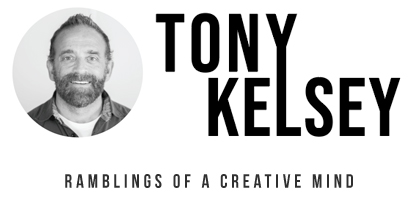Google Ads are a great way to reach your potential customers and make up for the deficit you may be encountering with search engine optimization. But, it’s also an easy way to blow through your online marketing budget if you are not careful.
Here are a few quick strategies that will help you get the most from your Adwords campaign:
Target Languages
One of the simplest things you can do to focus your ads is to make sure you have selected a language preference. It really comes down to the languages you are ready to support through your website.
There’s no sense in having ads that will drive German-speaking consumers to your site if your site is strictly in English. Similarly, it isn’t very practical to have ads in English displaying in people’s browsers who speak German.
I’d venture to guess you won’t get a whole lot of clicks, so you may not be wasting money in a direct way, but you’ll be missing out on valuable ad impressions that could bring business your direction.
Target Regions
Along the exact same lines is choosing a region for you ads to display. You might think that setting English as your target language would take care of everything else.
What if someone in Kazakhstan who speaks English, and has his or her browser set to display English, comes across one of your ads. They click through to your website and attempt to buy what you are selling. If you aren’t prepared to ship to or provide your service to Kazakhstan, you just spent money on an ad and click through without getting a conversion.
Make sure your ads are targeted to a region where you are fully capable of doing business. Google is great at letting you drill down not just into a continent or country, but you can even select a state or city.
Depending on the nature and targeted reach of your ads, you may want to split them into different ad campaigns according to region. This will allow you to track click through and conversion rates for each, which can prove especially useful when budgeting for future campaigns. I mention this because it is actually quite remarkable how different online shopping conversions can be for different regions of the world. People in the USA are, for example, much more likely to convert quickly as opposed to shoppers in the UK.
Graphic Ads
Most people assume that Google Ads are just word ads. But, the fact is, Google serves up a huge amount of graphic or image ads through its Adsense program and the Google Display Network.
 Anyone with a blog or website can sign up to be part of the Display Network and Google pays them to run ads, both text and graphic, on their website. You can actually choose to have your text ads included with those served in the Adsense program.
Anyone with a blog or website can sign up to be part of the Display Network and Google pays them to run ads, both text and graphic, on their website. You can actually choose to have your text ads included with those served in the Adsense program.
But, not all websites participating in the Adsense program allocate space for text ads, or the space in which they do is likely to be anything optimal (crammed with a bunch of other ads in a side column).
Graphic or image ads will be displayed through the Display Network at a higher rate than text ads and normally have a much lower cost-per-click and outperform text ads with clicks by a huge margin. In some cases, I have seen graphic ads get 300-400% more clicks than text ads, at 50% cost-per-click.
Google also makes it very easy for you to see the websites where your Display Network ads are being displayed. Make sure you look through the list on a regular basis and if any seem unlikely to bring good, quality traffic, move them to the Exclusions list.
Quality Score
Another thing Google provides is a Quality Score warning. You’ll see this appear when it has been determined the ad and landing page are not in sync to make for a good conversion.
In other words, Google has scanned the ad and the landing page and found the keywords you’ve used in the ad are not relevant or found in the page where you are directing the traffic. It’s like having an ad that says “Sweaters Now On Sale” driving people to a page featuring running shoes.
Make sure to pay attention when Google gives a Quality Score warning, since you’d likely be wasting money on people who make clicks on that particular ad.
That’s it for now. The tips I have outlined above should help you to refine your ad campaigns and reduce unnecessary clicks (and expense).
Happy hunting!

